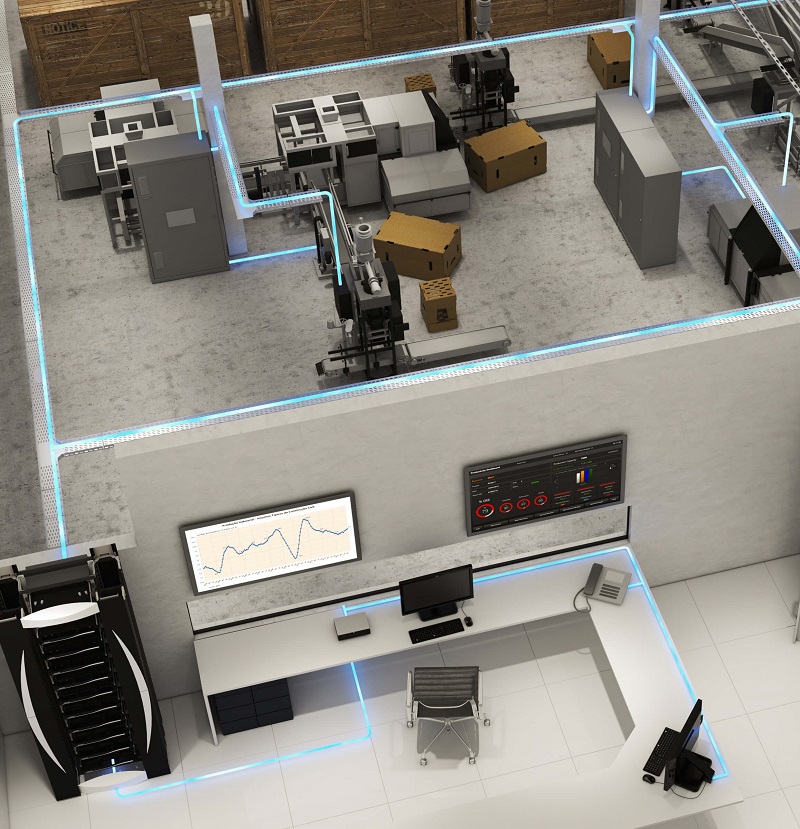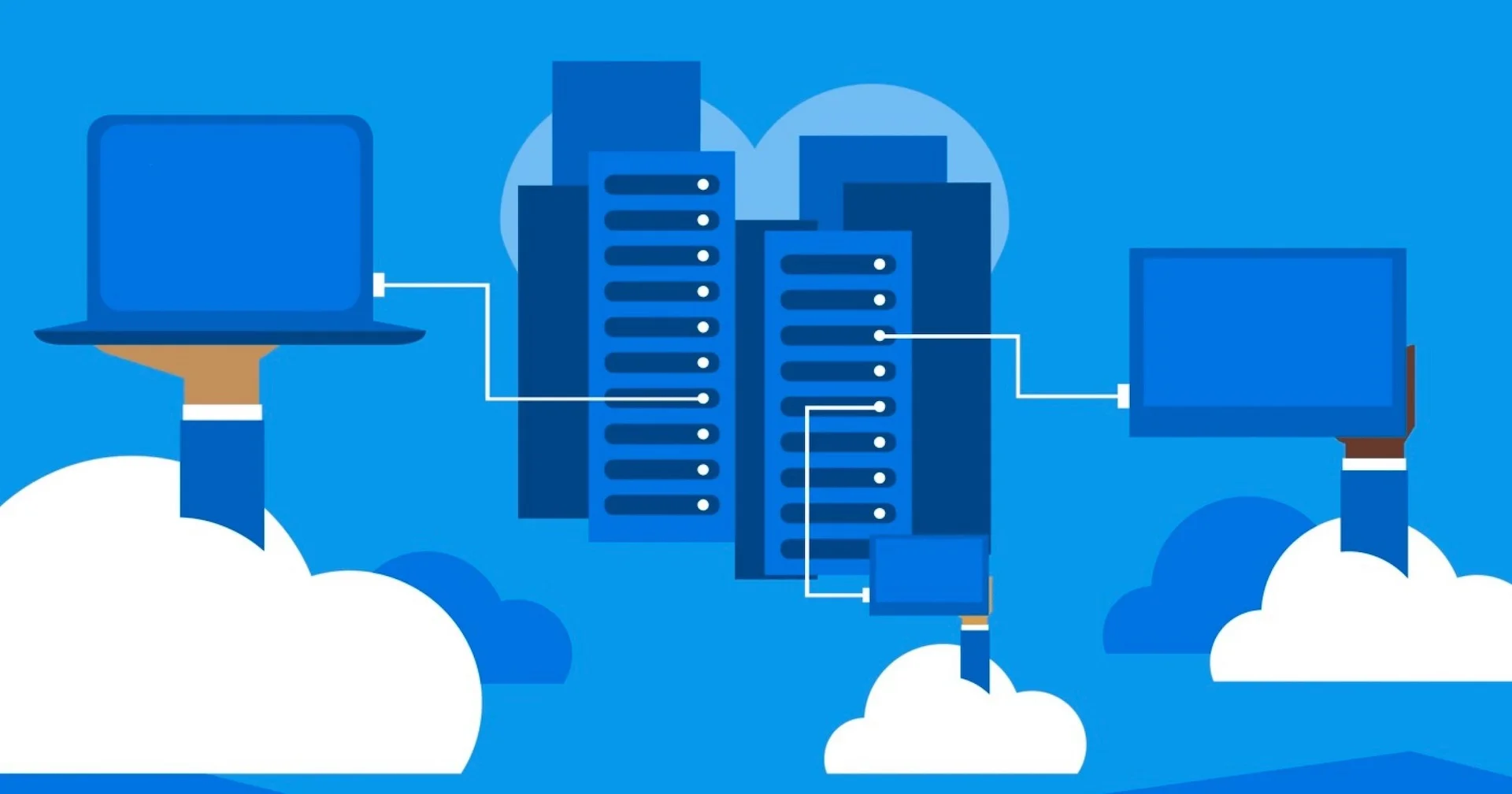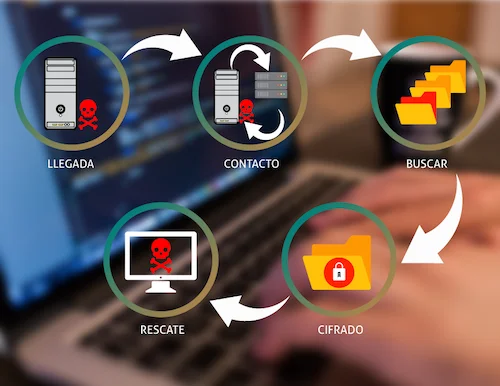
The Laserway solution is based on the GPON technology that provides converged IP connectivity to different structured cabling environments. Combines a modern totally passive optical network with highly compatible equipment, prioritizing an easy installation, modularity and infrastructure reduction. To adapt to the most varied network scenarios in new and already existing environments, the solution can be installed in the options of field termination or pre-terminated optical cables.

BENEFITS
Simplified Infrastructure: with the reduction of technical rooms, cable trays and ducts, due to the fact that each fiber distributes information from various users to each optical OLT port.
Reduced Power Consumption: due to the reduced number of technical rooms necessary for the local network, also reduces the need for cooling and power equipments of the rooms. In addition to this factor, Laserway solution equipment have low power consumption as they transmit data through an optical, not electrical medium.
Better Bandwidth Control: as in the Laserway solution, the OLT and ONT equipment are located only in the terminations of the optical network, the bandwidth control used in each of the ONTs becomes facilitated. This characteristic of having the centralizing equipment of the traffic switching in one central point of the network eliminates bottlenecks and fits perfectly with the traffic profile of the current local networks.
Future-Proof Network: the Laserway solution distribution network, consists of optical fiber, splitters and optical accessories, has a transmission capacity in Terabps (Terabits per second). It is known that the active equipment, with the evolution of technologies and user demand, has significantly increased its data transmission rates. The optical infrastructure for solution implemented today is ready to support such rates.
Network for Green Buildings: many of the characteristics of the Laserway solution are essential to serve the programs that encourage the use of efficient resources, because they contribute to the reduction of power consumption, cooling systems and quantity of petroleum derived material used for cabling, in addition to providing a longer lifespan than that of a traditional cabling solution.
Investment Savings: brings significant reductions in investments with materials (CAPEX) and costs related to operation and maintenance (OPEX), thus providing continuous savings during the years of use of the network.




